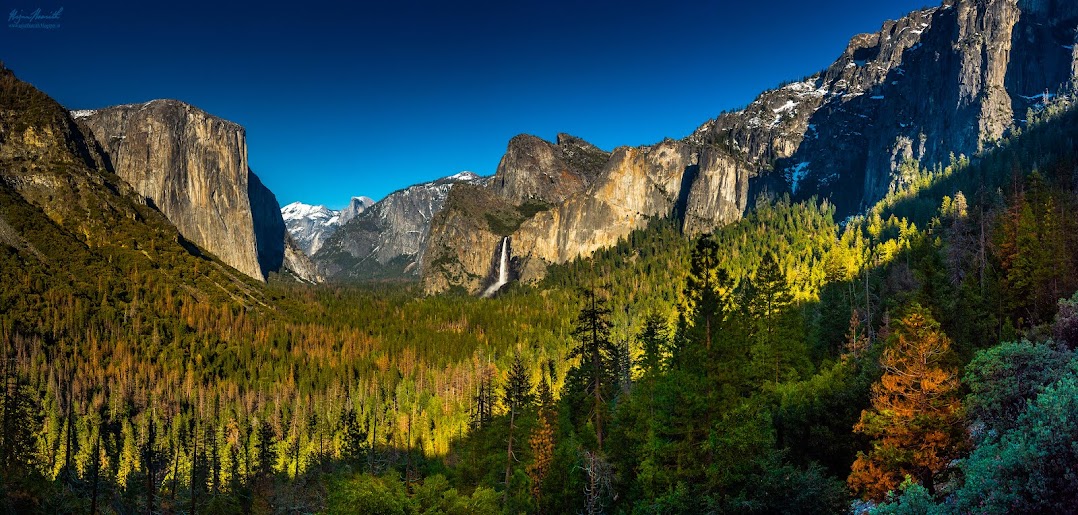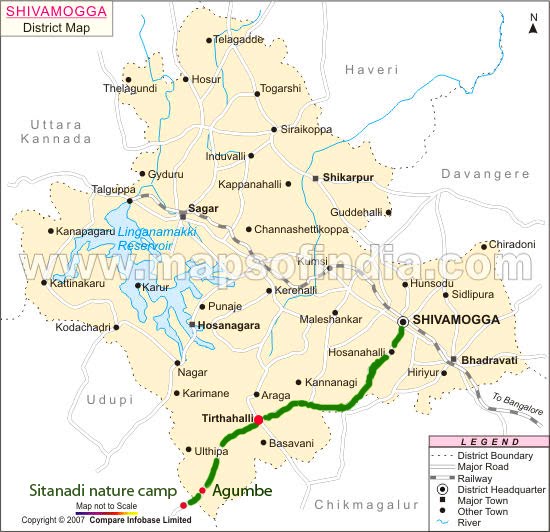While coming back from Mysore, we had been to KRS dam, to witness the majestic dance of Cauvery (musical fountain).
The team included : Sujay, Sushmitha, Arjun, Ambika ,Mr.Nagendra , Mrs. Pushpa and my mom(Mrs.Gayathri)
Gardens : The Brindavan Gardens, then called the Krishnarajendra Terrace Garden, on the Krishnaraja Sagar Dam site, one of the most beautifully laid out terrace gardens in the world. It is world famous for its symmetric design. The creative beautification of the whole dam complex has been the achievement of Sir Mirza Ismail, the then Dewan of the princely State of Mysore. The garden is designed based on the ShalimarGardens of Kashmir in the Mughal style. The Department of Horticulture in 1927 started the work of laying out this garden.
The garden is enriched with fountains, terraces, parterres, running and cascadingwaterchannels, water chutes, lush green lawns, flower beds, shrubs and trees. This garden is a public park and it is one of the important tourist spots of India. The boating pond in the midst of the garden is a location where the visitors can enjoy a boat ride around the famous statue of Goddess Kaveri. It is a mesmerizing sight when the whole garden is lit up in the evenings. Today, the Brindavan Gardens is world famous for its ethereal beauty, grandeur and illumination/ musical fountain.
The team included : Sujay, Sushmitha, Arjun, Ambika ,Mr.Nagendra , Mrs. Pushpa and my mom(Mrs.Gayathri)
Gardens : The Brindavan Gardens, then called the Krishnarajendra Terrace Garden, on the Krishnaraja Sagar Dam site, one of the most beautifully laid out terrace gardens in the world. It is world famous for its symmetric design. The creative beautification of the whole dam complex has been the achievement of Sir Mirza Ismail, the then Dewan of the princely State of Mysore. The garden is designed based on the ShalimarGardens of Kashmir in the Mughal style. The Department of Horticulture in 1927 started the work of laying out this garden.
The garden is enriched with fountains, terraces, parterres, running and cascadingwaterchannels, water chutes, lush green lawns, flower beds, shrubs and trees. This garden is a public park and it is one of the important tourist spots of India. The boating pond in the midst of the garden is a location where the visitors can enjoy a boat ride around the famous statue of Goddess Kaveri. It is a mesmerizing sight when the whole garden is lit up in the evenings. Today, the Brindavan Gardens is world famous for its ethereal beauty, grandeur and illumination/ musical fountain.
KRS Dam :The Krishnaraja Sagar dam is, one of the principal dams in South India. The KRS dam, built across the river Cauvery is named after Krishnaraja Wodeyar IV. The Chief Engineer, Sir M. Vishveswaraya engineered the construction of the dam during the Wadeyar kings regime in 1932. It is built close to confluence of three rivers cauvery, Hemavathi & Lakshmana Teertha. The length of the dam is 2621 meters & height 39 meters. The reservoir itself is spread over an area of 130 Sq. Kms.
Fountain :The Musical and dancing fountain, located in the North Brindavan Garden, is the main attraction of the visitors. The water, coloured lights and music are synchronized fountain to create a water ballet controlled by an aquatic organ operated through a controller. A laser show has also been developed for visitors’ attraction The illumination timing is the same as that for the garden. Crowds gather in large numbers at the gallery provided for the viewers.
Information to visitors
The garden is maintained by the Senior Assistant Director of Horticulture, K.R.S.
Garden Timings: 6.30 A.M. to 9.00 P.M.
The garden is maintained by the Senior Assistant Director of Horticulture, K.R.S.
Garden Timings: 6.30 A.M. to 9.00 P.M.
Facilities :Hotels and Inspection Bungalow provide with boarding and lodging facilities.
Transport :Many Government and private buses ply often from Mysore City to K.RS. K.S.R.T.C. buses also ply from Bangalore to K.R.S. and Mysore.
Illumination Timings :
JAN - SEPT :-Mon- Fri 7.00 to 7.55 p.m. 6.30 to 7.30 p.m.
OCT TO DEC :-Sat to Sun 7.00 to 8.55 p.m. 6.30 to 8.30 p.m.
Transport :Many Government and private buses ply often from Mysore City to K.RS. K.S.R.T.C. buses also ply from Bangalore to K.R.S. and Mysore.
Illumination Timings :
JAN - SEPT :-Mon- Fri 7.00 to 7.55 p.m. 6.30 to 7.30 p.m.
OCT TO DEC :-Sat to Sun 7.00 to 8.55 p.m. 6.30 to 8.30 p.m.






































































